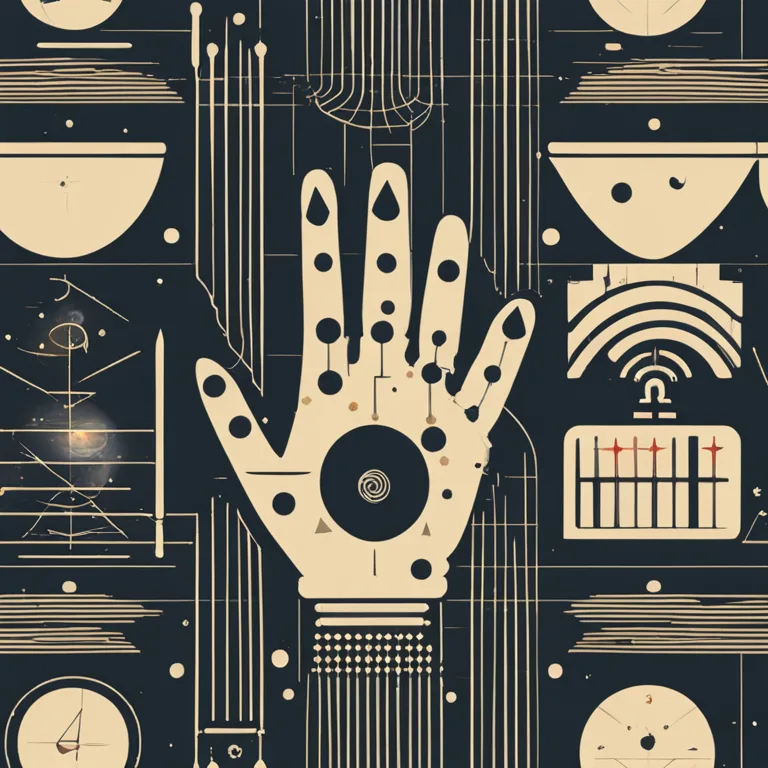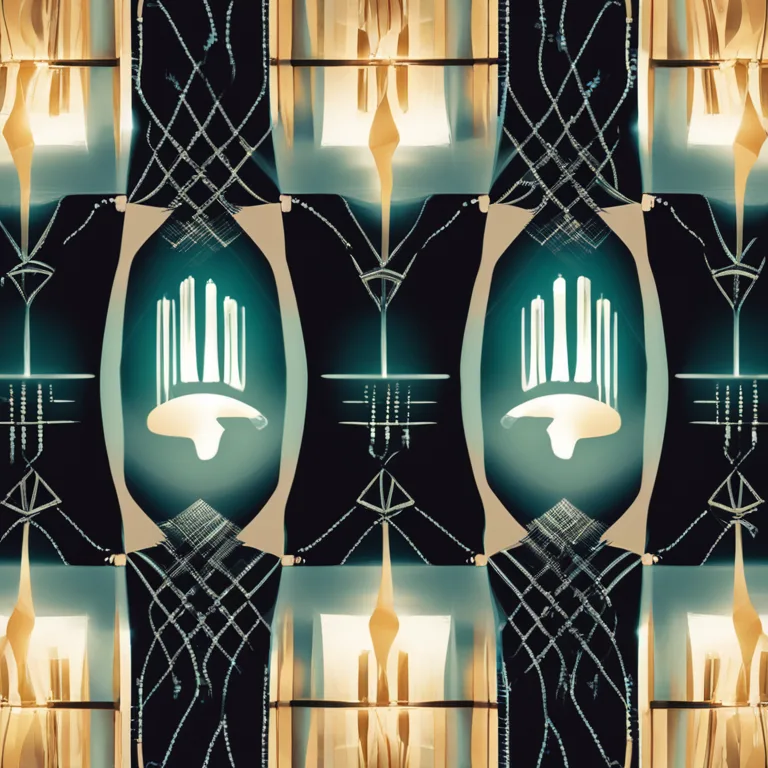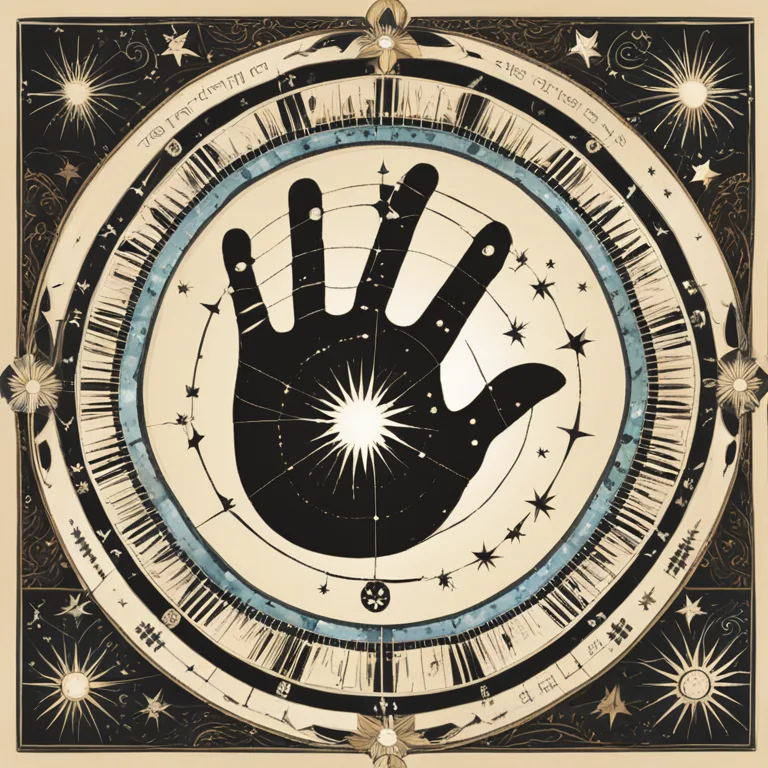
The Intersection of Palmistry & Scientific Inquiry
Examining the intricate relationship between palmistry, often considered a mystical art, and the rigorous methodologies of modern science.
article by Nora Pennington
Palmistry: An Overview
Palmistry, also known as chiromancy, is a practice with ancient roots, purporting to reveal an individual's personality traits, potential life paths, and even future events through the study of the palm's lines, shapes, and mounts. While this art has been revered by some cultures as a gateway to understanding human fate and potential, it has often stood on the fringes of recognized scientific discourse, leading to polarized views on its validity.
Scientific Scrutiny of Hand Analysis
In recent years, scientists have applied empirical methodologies to aspects of palmistry, seeking correlations between hand features and genetic conditions. While these studies might validate some observational aspects of palm reading, they remain distinct from the practice's predictive claims. The fields of dermatoglyphics and biometrics, for example, acknowledge the uniqueness of fingerprint patterns, linking them to personal identification rather than foretelling life outcomes.

Critical Perspectives in Scientific Circles
Mainstream science often demands reproducible evidence and verifiable theories, criteria under which traditional palmistry does not comfortably fit. Critics argue that without a consistent, experimentally validated framework, palmistry remains art rather than science. They suggest that the personal nature of a palm reading is more akin to a subjective psychological experience rather than a factual, data-driven analysis.

Palmistry in Psychological Context
From a psychological viewpoint, proponents argue palmistry can play a role similar to projective tests, offering insights through personal narratives. This aspect of palmistry aligns more closely with therapeutic techniques, where the value lies in personal reflection and discourse rather than empirical prediction. In this light, some consider palmistry as a facilitator for introspection and a tool for self-awareness, albeit not scientifically validated as a predictive practice.

The Evolution of Palmistry's Reputation
As palmistry encounters the digital age, algorithms and artificial intelligence offer a new platform for data analysis, potentially enabling a systematic approach to palm readings. Whether these efforts will bring palmistry closer to the realm of science remains speculative. Nonetheless, the technology-driven world provides a fertile ground for reevaluating age-old practices like palmistry in the context of cutting-edge scientific technologies.
Concluding Thoughts on Tradition and Modernity
While the role of palmistry within scientific domains continues to provoke debate, it embraces the wider conversation about integrating traditional knowledge with contemporary methodology. This delicate intersection invites both enthusiasts and skeptics to ponder the value of interdisciplinary exploration, even if such a journey does not yield conventionally scientific results.
Future Avenues for Research
The course of scientific inquiry is ever-evolving, and palmistry's place within it may undergo transformative shifts. Whether future research uncovers more intersections with science or further cements its position as a mystical art, the journey of palmistry through the lens of science offers a compelling narrative for both scholarly and public consideration.
Published: 1/3/2024
Modified: 1/3/2024
More predictions
Come back here soon to learn more about yourself and your future


Accuracy in Divination: Palmistry vs. Astrology
Explore the relative accuracy of palmistry and astrology in predicting the future and revealing personal traits in this insightful comparison article.


Palm Lines and Love Connections
Delve into the fascinating world of palmistry and discover how your palms may hold the secrets to love and relationships.


Palmistry's Insight into Your Health
Discover the connections between the lines on your palm and your well-being in this comprehensive look at palmistry’s role in health forecasting.